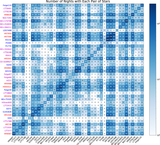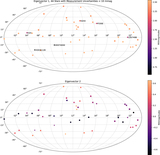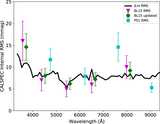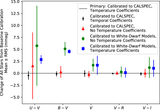Image Details
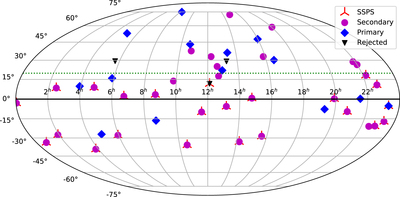
Caption: Figure 1.
The distribution for our standard-star network on the sky. Stars are categorized by whether they are included in our set of primary CALSPEC standards or are treated as secondary standards to be recalibrated. Additionally, stars that entered our sample via the Southern Spectrophotometric Standards (SSPS) sample are highlighted; these were originally on the Hayes (1985) system and so are likely to change the most when transformed to the CALSPEC system. The standard stars that we ultimately rejected (see Table 1) are also shown. The green dashed line indicates the decl. corresponding to zenith for Maunakea. The primary and secondary standard stars are both well distributed on the sky.
Copyright and Terms & Conditions
© 2022. The Author(s). Published by the American Astronomical Society.




